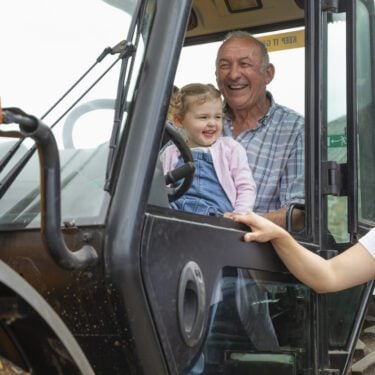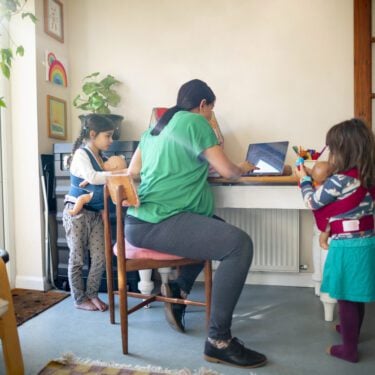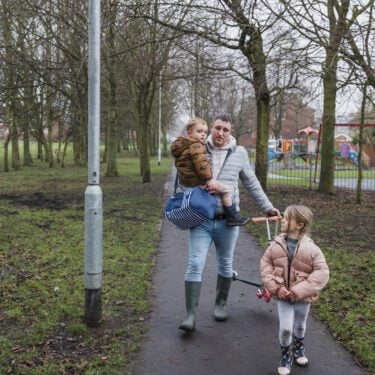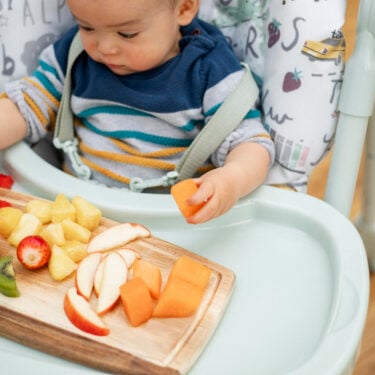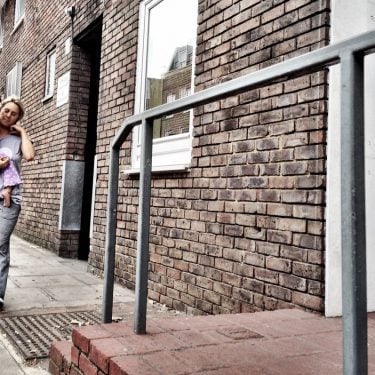-
Dr Emma SlaymakerLondon School of Hygiene & Tropical Medicine
-
Professor Kaye WellingsLondon School of Hygiene & Tropical Medicine
-
Professor Emily GrundyUniversity of Essex
Project overview
This project will investigate fertility motivations and barriers in Britain.
Why this project is important
The decline in the birth rate in Britain since the 1960s has accelerated dramatically. The total fertility rate fell from 1.80 in 2010 to a historic low of 1.44 in England and Wales and to 1.31 in Scotland in 2023.
In the late 20th century, strong associations between lower fertility and increased income, education and women’s employment were preferred explanation for the decline. In the 21st century, these associations have weakened or reversed, leading to a call for less reliance on single-theory explanations and towards more complex accounts for how society, economy, culture and institutions influence childbearing.
What it will involve
The research team aim to produce evidence that will foster understanding of and respect for the range of choices made about fertility while identifying constraints on the fulfilment of individual fertility goals. The following questions will be answered:
- What is the distribution of men and women by fertility intention and status in contemporary Britain, how has this changed in recent time, and according to what factors?
- Are fertility intentions and status affected by characteristics of the areas people live in? How has this changed over recent time?
- What is the interplay between sexual partnership dynamics, fertility outcomes, and socio-economic status?
- What are the mechanisms through which some of the influences on fertility operate?
- To what extent do people feel that they have a choice in whether to be parents?
- What factors help or hinder men and women in achieve their parenting goals and to what extent are they modifiable?
- How do results from National Surveys of Sexual Attitudes and Lifestyles (NATSAL) compare to estimates from Understanding Society, Reproductive Health Survey for England, the Generations and Gender Survey, and data from the Office for National Statistics?
The project will be completed in three stages:
- Analysing data from two waves of NATSAL to describe changes in fertility intentions and outcomes over time.
- Conducting in-depth interviews with a sample of NATSAL respondents.
- Hosting two one-day stakeholder consultations to different approaches to supporting men and women to achieve their fertility intentions with the purpose of identifying key obstacles and constraints, and informing dissemination approaches.
How it will make a difference
Findings will be directly shared with key stakeholders, including health and social policymakers, third sector organisations, and researchers.



